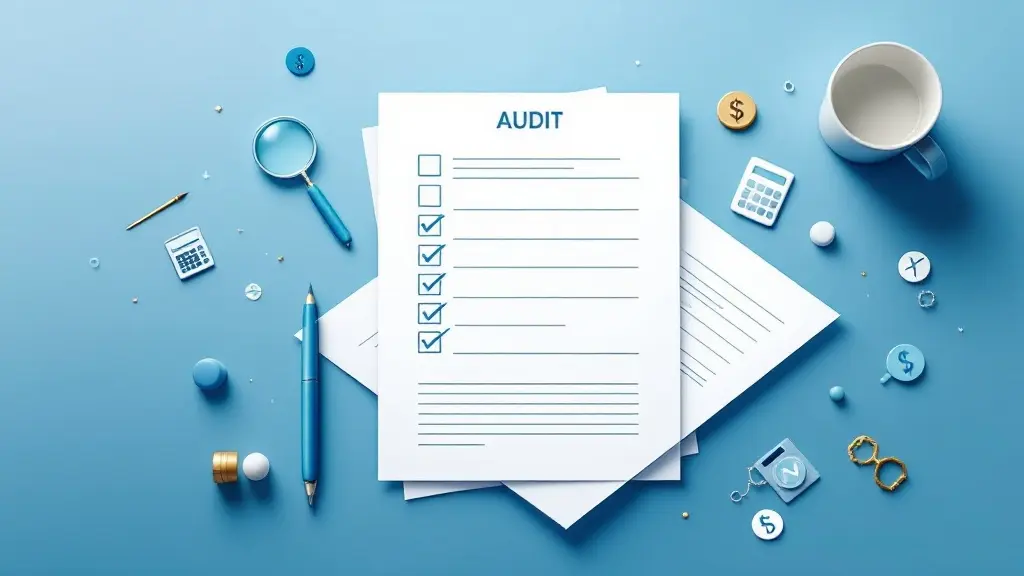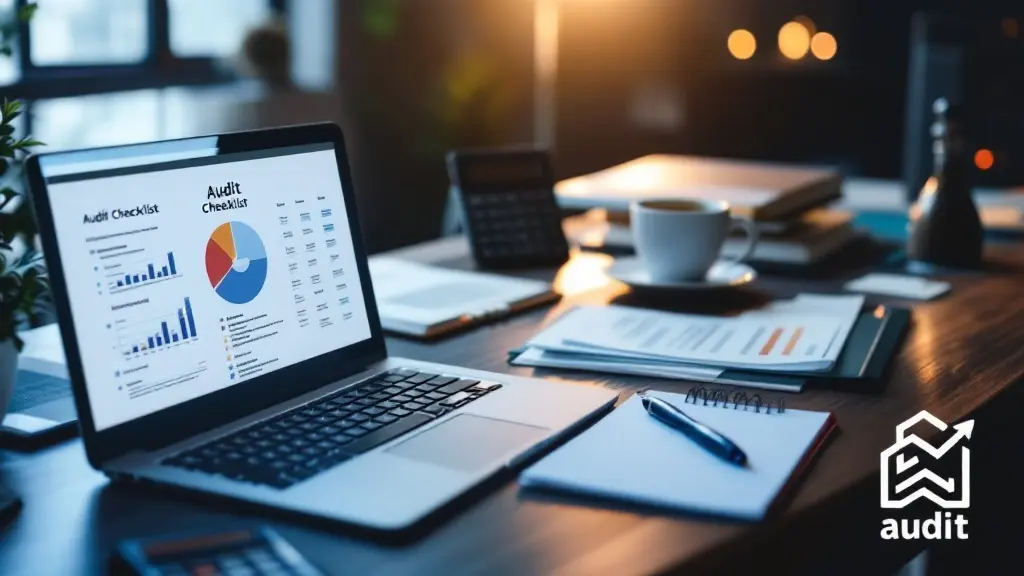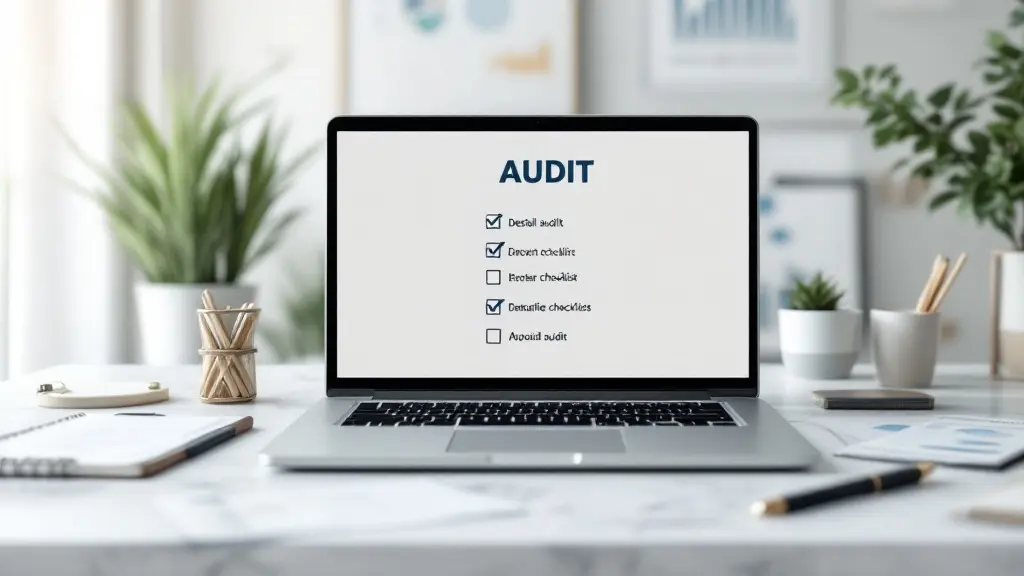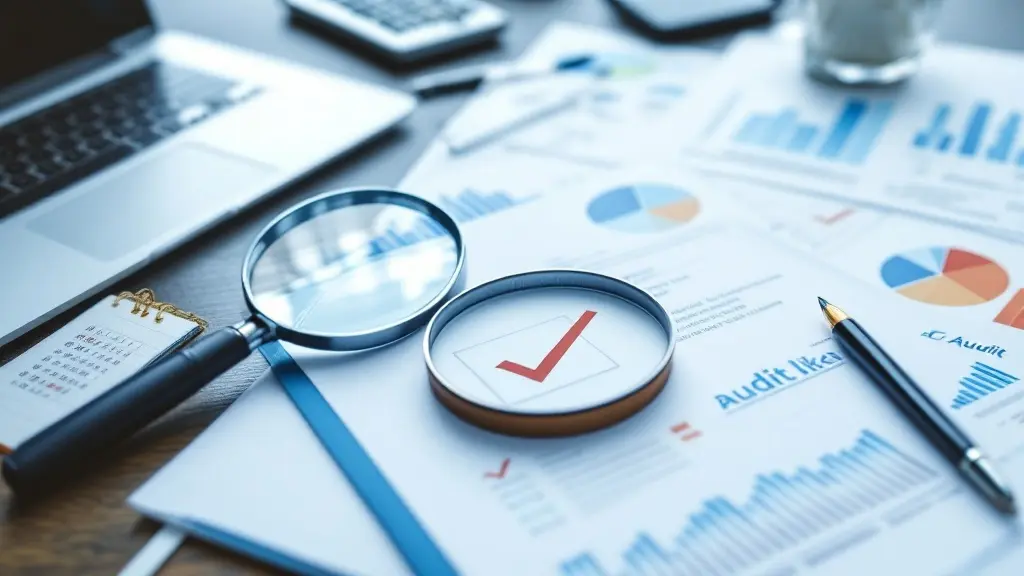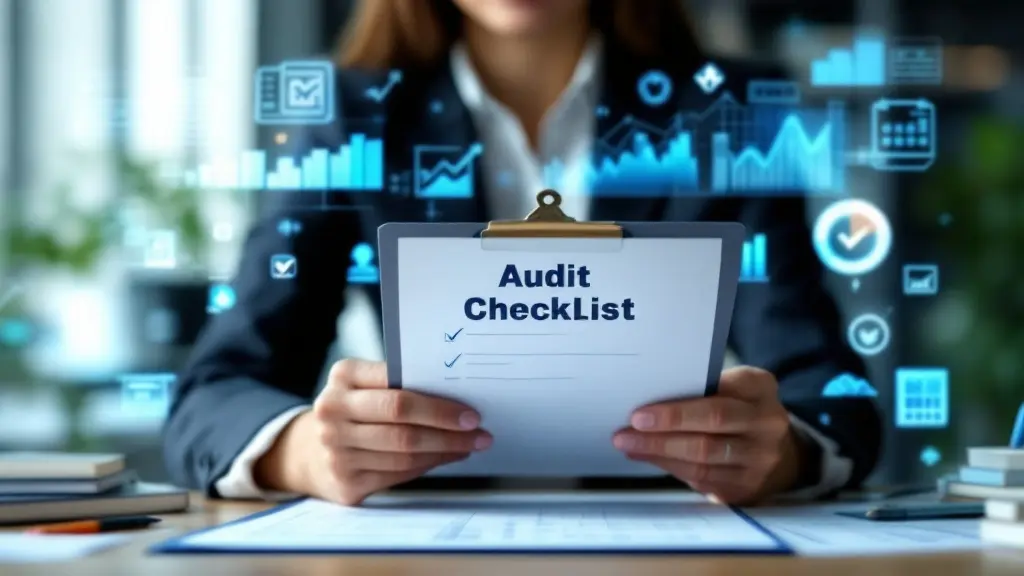Understanding Key Accounting Terms: A Guide to the Basics of Financial Language
Table of Contents
- 1. Assets: What Your Business Owns
- 2. Liabilities: What Your Business Owes
- 3. Equity: The Owner’s Share in the Business
- 4. Revenue: The Income Your Business Generates
- 5. Expenses: The Cost of Doing Business
- 6. Profit: The Reward for Running a Successful Business
- 7. Cash Flow: The Lifeblood of Your Business
- 8. Depreciation: Spreading the Cost of Assets Over Time
- 9. Accounts Receivable: Money Owed to Your Business
- 10. Accounts Payable: Money Your Business Owes
- 11. Balance Sheet: A Snapshot of Your Business’s Financial Health
- 12. Income Statement: The Profit and Loss Report
- Conclusion
Most Read
[fusion_dropcap class="fusion-content-tb-dropcap"]I[/fusion_dropcap]ntroduction
Accounting is often seen as the backbone of any business. Whether you’re an entrepreneur managing your startup or a seasoned finance professional, understanding the language of accounting is crucial. Many business decisions rely on key accounting terms, and having a solid grasp of these terms can help you navigate financial statements and reports more effectively.
In this blog post, we’ll break down some essential accounting terms you need to know. We’ll explain them in simple language, making it easy for anyone, regardless of their financial background, to understand. Let’s dive into the world of accounting and explore the fundamental concepts that drive business decisions.
1. Assets: What Your Business Owns
Definition: Assets are anything of value that your business owns. These can be tangible or intangible and are critical for determining the financial health of a business.
Types of Assets:
- Current Assets: These are assets that are expected to be converted into cash within a year, such as inventory, accounts receivable, and cash.
- Non-Current Assets: These are long-term assets like property, machinery, patents, and investments that will provide value over several years.
Why It’s Important: Assets form the foundation of your balance sheet. Understanding the composition of your assets helps you assess your business’s ability to generate cash flow and invest in growth opportunities.
2. Liabilities: What Your Business Owes
Definition: Liabilities are obligations that your business has to pay off. These are debts or financial responsibilities that need to be settled within a specific timeframe.
Types of Liabilities:
- Current Liabilities: These are short-term obligations due within a year, such as accounts payable, short-term loans, and accrued expenses.
- Non-Current Liabilities: These are long-term obligations like long-term loans, bonds payable, and deferred tax liabilities.
Why It’s Important: Liabilities affect your cash flow and overall financial health. A higher level of liabilities relative to assets could indicate potential financial risk, making it essential to manage debt effectively.
3. Equity: The Owner’s Share in the Business
Definition: Equity represents the ownership interest in a business. It’s the value that would be left for the owners after all liabilities have been paid off.
Key Concepts:
- Owner’s Equity: This is the value of the owner’s stake in the business.
- Shareholder’s Equity: In publicly traded companies, this refers to the shareholders’ equity, which is calculated as total assets minus total liabilities.
Why It’s Important: Equity is a vital indicator of a company’s financial stability. It shows how much ownership and control the business owners or shareholders have, and it’s a good measure of the company’s net worth.
4. Revenue: The Income Your Business Generates
Definition: Revenue refers to the total income earned by a business through its operations, before any expenses are deducted. It’s the amount your business earns from selling goods or services.
Types of Revenue:
- Operating Revenue: This is the revenue generated from core business activities, such as sales of products or services.
- Non-Operating Revenue: This includes income from non-core activities like investment income, interest, or gains from asset sales.
Why It’s Important: Revenue is the starting point for measuring your business’s profitability. It’s crucial for understanding how well your company is performing and how much potential it has for growth.
5. Expenses: The Cost of Doing Business
Definition: Expenses are the costs incurred in running your business, and they are deducted from revenue to determine profit.
Types of Expenses:
- Operating Expenses: These include costs like rent, utilities, wages, and cost of goods sold (COGS) necessary to run your business.
- Non-Operating Expenses: These include interest payments, taxes, and other costs not directly related to core business operations.
Why It’s Important: Managing expenses effectively can significantly impact your profitability. By keeping operating costs under control, you can ensure that revenue translates into positive net income.
6. Profit: The Reward for Running a Successful Business
Definition: Profit is the amount of money that remains after all expenses have been deducted from revenue. It’s the financial reward for your business’s efforts.
Types of Profit:
- Gross Profit: This is revenue minus the cost of goods sold (COGS). It reflects the basic profitability of the products or services you offer.
- Operating Profit: Also known as EBIT (Earnings Before Interest and Taxes), this is the profit from core operations before any non-operating income or expenses.
- Net Profit: This is the final profit after all expenses, including taxes and interest, have been subtracted from revenue. It’s the “bottom line” on your income statement.
Why It’s Important: Profit is the ultimate indicator of financial success. A business with consistent profitability is likely to attract investors and be sustainable in the long run.
7. Cash Flow: The Lifeblood of Your Business
Definition: Cash flow refers to the movement of money into and out of your business. Positive cash flow is essential for maintaining operations, paying expenses, and investing in growth.
Types of Cash Flow:
- Operating Cash Flow: The cash generated or used in day-to-day business operations.
- Investing Cash Flow: The cash used for or generated by investments in assets, such as property or equipment.
- Financing Cash Flow: The cash that flows in and out from borrowing or repaying debt or issuing and repurchasing equity.
Why It’s Important: Positive cash flow ensures that your business has enough liquidity to meet its financial obligations. Without adequate cash flow, even profitable businesses can face financial distress.
8. Depreciation: Spreading the Cost of Assets Over Time
Definition: Depreciation is the process of allocating the cost of a tangible asset over its useful life. This applies to assets such as machinery, buildings, and vehicles.
Why It’s Important: Depreciation helps businesses spread out the cost of large assets over several years. This ensures that businesses do not bear the entire expense upfront, which can be crucial for cash flow management.
9. Accounts Receivable: Money Owed to Your Business
Definition: Accounts receivable (AR) is the money owed to your business by customers for goods or services already delivered but not yet paid for.
Why It’s Important: Effective management of accounts receivable is critical for maintaining cash flow. Too much outstanding AR can lead to cash shortages and affect the business’s ability to pay its own bills.
10. Accounts Payable: Money Your Business Owes
Definition: Accounts payable (AP) refers to the money your business owes to suppliers and creditors for goods or services received but not yet paid for.
Why It’s Important: Managing accounts payable efficiently ensures that your business does not miss payments and maintains good relationships with suppliers and vendors.
11. Balance Sheet: A Snapshot of Your Business’s Financial Health
Definition: A balance sheet is a financial statement that shows your business’s assets, liabilities, and equity at a specific point in time. It follows the accounting equation: Assets = Liabilities + Equity.
Why It’s Important: The balance sheet gives you a clear picture of your business’s financial position, helping you make informed decisions about financing, investments, and strategy.
12. Income Statement: The Profit and Loss Report
Definition: The income statement (also called the profit and loss statement) shows your business’s revenue, expenses, and profit or loss over a specific period.
Why It’s Important: The income statement helps you understand whether your business is operating profitably, how well it is managing expenses, and where it might need to improve.
Conclusion
Mastering these essential accounting terms is a critical step in understanding your business’s financial landscape. By familiarizing yourself with these terms and concepts, you’ll be better equipped to make informed decisions, analyze financial reports, and communicate effectively with accountants, investors, and other stakeholders.
Whether you’re running a small business or working in a large corporation, knowledge of accounting terminology is vital for long-term success. It will empower you to better manage finances, optimize cash flow, and grow your business efficiently.
If you’re looking to learn more about accounting or need assistance with your business’s financial management, feel free to reach out to experts who can help guide you through the complexities of accounting.

